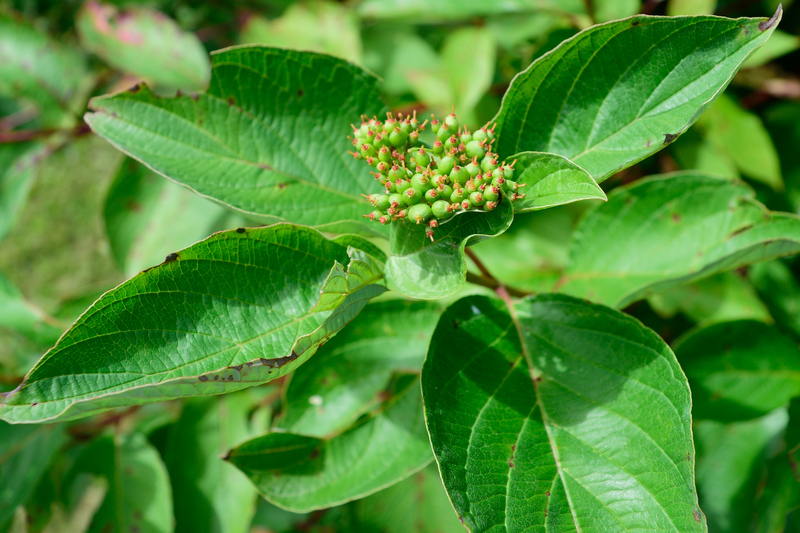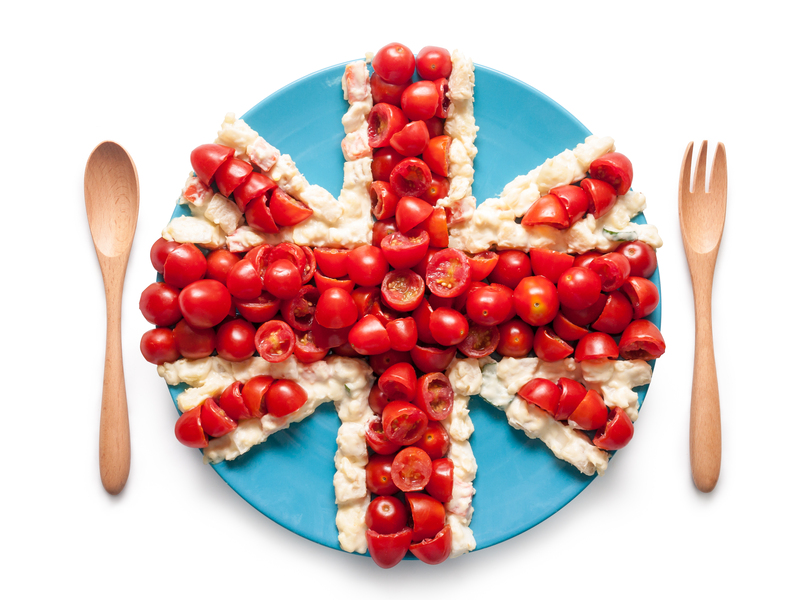Mapping Out Pet-Safe Gardens and Play Areas
Posted on 29/06/2025
Mapping Out Pet-Safe Gardens and Play Areas: The Ultimate Guide
Every pet parent dreams of a lush garden where furry companions can frolic safely. However, creating a pet-safe garden or play area is more than just adding a fence and some toys. It requires careful planning, an understanding of plant toxicity, pet behavior, and environmental hazards. This detailed guide will help you develop and maintain a pet-friendly garden that is as safe and enjoyable for your pets as it is beautiful for you.

Why Is Mapping Out a Pet-Safe Garden Important?
Our beloved pets--dogs, cats, rabbits, and even backyard chickens--are naturally curious. A garden is a playground, hiding spot, toilet, and sometimes, a snack bar! Prioritizing safety in your garden design not only keeps your pets secure but also protects your plants and property. Unprotected gardens can expose pets to:
- Poisons from toxic plants
- Chemical pesticides and fertilizers
- Sharp objects or tools
- Escape hazards and traffic threats
Understanding these risks is the first step in mapping out a pet-safe play area. Let's see how to turn your garden into a haven for your furry (and feathery) friends.
Essential Elements of a Pet-Safe Garden Layout
1. Secure Fencing and Boundaries
Fencing is your first line of defense against outside dangers and your pet's wanderlust. The height and strength of the fence should correspond to the pet's size and agility.
- For larger dogs, fences should be at least 6 feet tall.
- Cats require anti-climb barriers or "catios."
- Smaller animals need wire mesh or smaller gaps to prevent squeeze-throughs.
*Regularly check for gaps or burrows as clever pets can find surprising escape routes.*
2. Safe and Toxic-Free Plants
Selecting the right plants is crucial to designing a pet-friendly outdoor space. Many common garden plants can be dangerous. For example:
- Toxic plants: Lilies, azaleas, daffodils, sago palms, foxglove, and tulips.
- Pet-safe plants: Marigolds, sunflowers, snapdragons, spider plants, Boston ferns, and most herbs like rosemary and basil.
*Always cross-reference new plant additions with reputable lists (such as those from the ASPCA) to double-check for pet safety.*
3. Non-Toxic Mulch and Soil Enhancers
Cocoa mulch smells wonderful but is highly toxic to dogs. Instead, opt for safe materials such as:
- Cedar wood chips
- Pine mulch
- Rubber mulch (from recycled tires)
Avoid chemical fertilizers, herbicides, and pesticides--choose organic, pet-safe garden solutions for pest and weed control.
4. Shaded Areas and Shelter
Pets love to sunbathe, but heatstroke is a real risk. Ensure your pet-safe play zone includes ample shade--either from trees, canopies, or purpose-built pet shelters. Provide:
- Covered benches
- Dog houses or cat tents
- Tree-shaded zones
5. Secure Water Sources
A bowl of clean, fresh water must always be available in your pet-friendly garden space. Consider:
- Automatic pet fountains
- Pond covers (if there's a pond) to prevent drowning
- Regularly washed water bowls to prevent algae and diseases
6. Pet Toys, Digging Zones, and Paths
Pets are playful! Encourage healthy, non-destructive play by creating:
- Designated digging spots filled with sand for dogs
- Safe climbing platforms for cats
- Bunny runs with tunnels for rabbits
- Sturdy pet-safe toys and balls in the open space
*Laying clear footpaths with soft, paw-friendly materials (mulch, grass, or bark) helps guide pets and minimize damage to delicate plants.*
Step-by-Step Guide to Mapping Out Your Pet-Safe Garden or Play Area
1. Assess Your Outdoor Space
Begin by walking through your garden. Map out the boundaries, identify hazards, and consider your pets' behavior:
- Are there any existing escape routes?
- What areas does your pet frequent?
- Where does the sun hit during the day?
- Do you have any water features or sharp tools laying out?
2. Design Zones Based on Pet Needs and Behaviors
A well-planned garden separates key areas:
- Play area: Open with room to run and play.
- Rest area: Shaded and quiet with soft ground covers for naps.
- Potty spot: For dogs especially, train them to use a corner with sand, gravel, or grass.
- Non-pet area: Section off vegetable beds or delicate flower zones with barriers.
3. Choose Safe, Easy-Care Plants and Materials
Refer to your plant safety list and focus on sturdy, non-toxic, and low-maintenance plants. Ideal options include:
- Marigolds, calendulas, and roses for color
- Grasses for texture and gentle play
- Herbs like mint (cats and rabbits love!)
*Lay soft turf, wood chips, or artificial grass for paw comfort. Avoid sharp stones or thorny plants.*
4. Install Fencing and Gates
Set up physical (and sometimes visual) barriers:
- Solid fencing around the perimeter
- Pick gates with pet-proof latches
- Plastic mesh atop fences for cats
- Chicken wire or panels for digging pets
5. Create Enrichment Features
Pets enjoy change and challenge. Add:
- Climbing trellises for cats
- Tunnels and hideouts for small mammals
- Obstacle courses for active dogs
These features help keep your animals exercised and mentally stimulated--reducing destructive boredom.
6. Provide Ongoing Supervision and Maintenance
Even in the safest pet garden, oversight is essential:
- Inspect for broken fences, holes, or sharp objects weekly
- Refresh water daily
- Deadhead spent flowers and remove fallen fruits or nuts
- Monitor for signs of pests or plant disease
Remember, your yard evolves--and so do your pets' behaviors. Regularly adapt the environment as they grow or as seasons change.
Specific Tips for Different Types of Pets
Dog-Safe Gardens
- Choose sturdy, dog-safe plants--they love to roll and dig.
- Install digging boxes filled with sand to deter unwanted excavation in flower beds.
- Use odor-repellent plants like rosemary if dogs munch your greens.
Cat-Friendly Yards
- Build a "catio" or enclose patios with screens--outdoors with safety.
- Grow cat grass or catnip for nibbling and play.
- Provide sunny perches and shady retreats.
Small Pet and Rabbit Play Areas
- Ensure all wire mesh is rabbit- or guinea pig-proof.
- Place tunnels, cardboard boxes, and safe chew sticks.
- Watch for toxic weeds like buttercup or clover.
Backyard Chickens
- Enclose gardens with chicken wire to protect vegetables.
- Choose sturdy perennials that can withstand scratching.
- Regularly move chicken tractors to prevent overgrazing.
Bonus: Landscaping Ideas for Beautiful and Pet-Friendly Gardens
- Water features: Small splashing fountains (with covered reservoirs) for cooling off
- Paw-friendly pathways: Gravel, mulch, or flagstone--easy on delicate feet
- Raised beds: Keeps delicate plants safe from trampling and digging
- Wind chimes or garden art: Visual and auditory enrichment for pets and people
Maintenance and Ongoing Safety Checks
Maintaining a pet-safe outdoor space is a never-ending process. Here are some regular safety measures:
- Weekly garden walk-throughs for hazards
- Review plant additions every season
- Keep compost bins secure (avoid mold, onions, garlic, or avocados)
- Rinse paws after walks in wet or snowy conditions to avoid chemical burns (e.g., ice-melt salts)
Teach your pets boundaries--reward them for using designated potty and play areas. Positive training goes hand in hand with physical design for a truly pet-safe garden.

Pet-Safe Garden and Play Area Checklist
- Fencing is secure, escape-proof, and suitable for your pet's size
- Toxin-free and pet-safe plants only
- No hazardous chemicals or sharp tools left out
- Shady, sheltered retreats for cooling off or naps
- Always-accessible clean water
- Paw-friendly landscaping and defined paths
- Designated digging or potty zones
- Enrichment features: toys, tunnels, and hiding spots
- Regular maintenance and watchful supervision
Conclusion: Creating a Safe Haven For Pets and Plants
Mapping out a pet-safe garden or play area is a rewarding project that brings joy and peace of mind to both pets and their guardians. By considering pet behavior, plant safety, fencing, and ongoing maintenance, you'll grow a flourishing environment where everyone thrives together.
Remember, the best pet-safe garden ideas are both functional and beautiful. With thoughtful planning and a sprinkle of creativity, your backyard will become a paradise for paws and petals alike.
Start today, and let your garden be a safe sanctuary of discovery, relaxation, and shared happiness.



